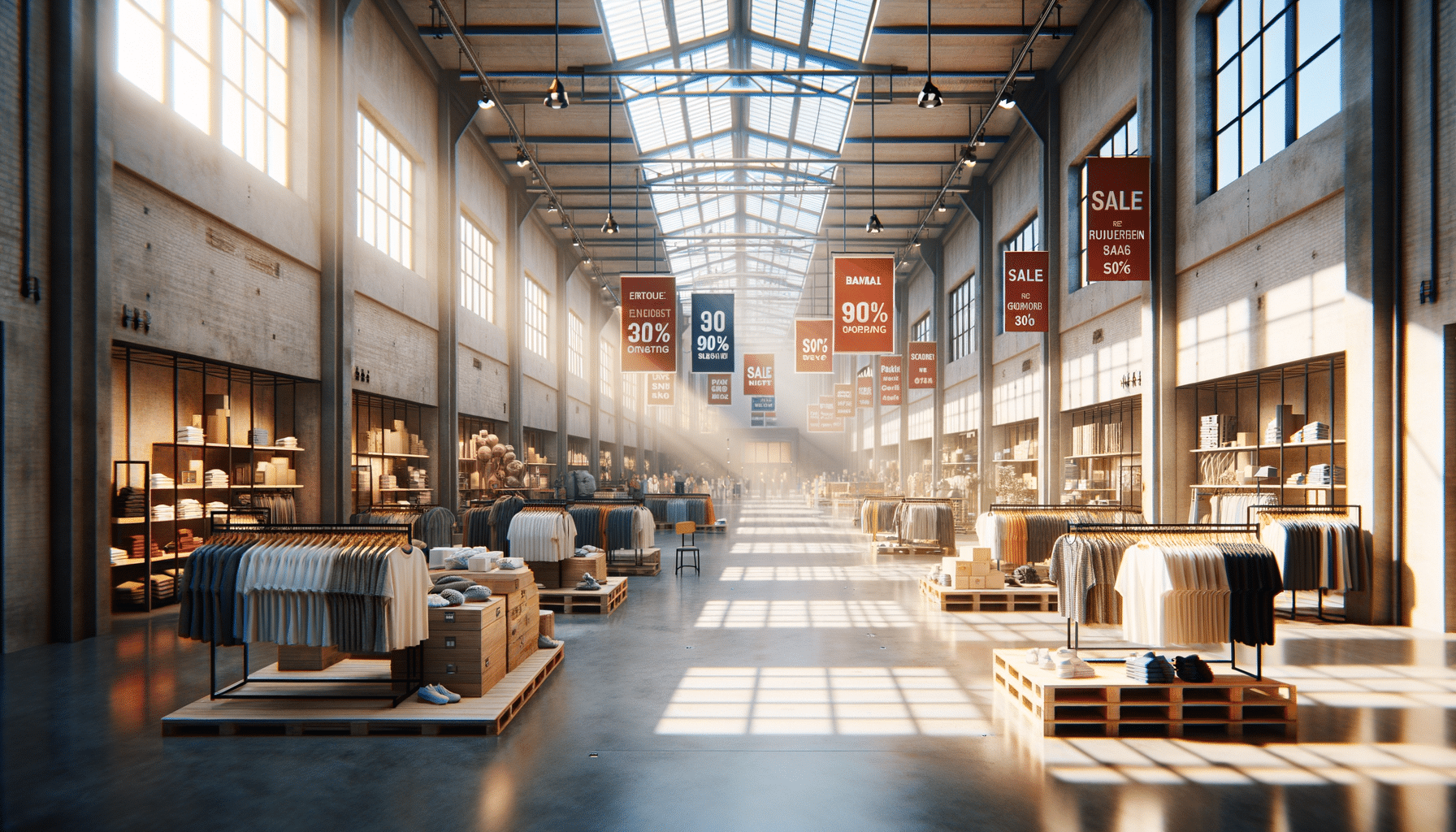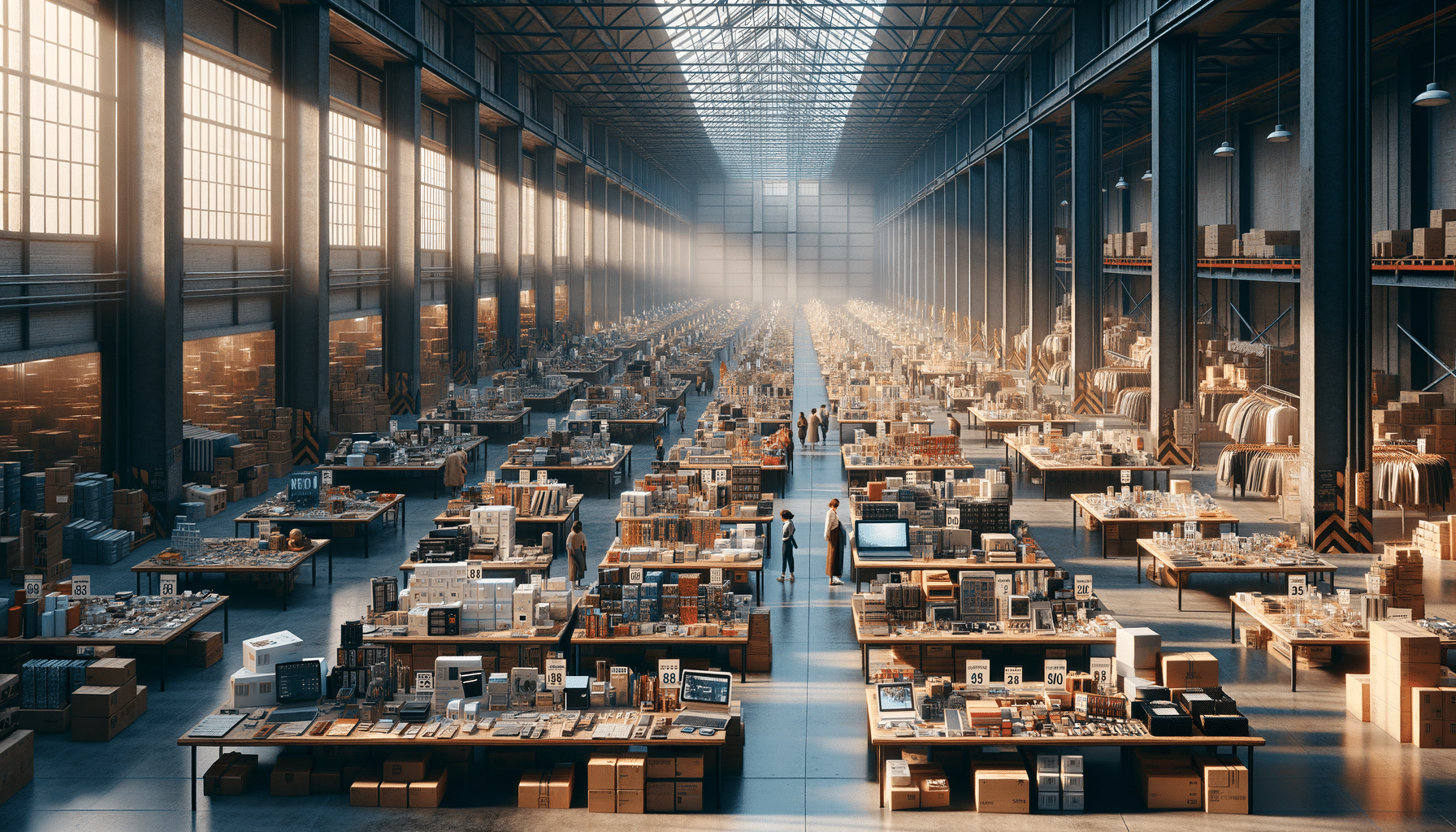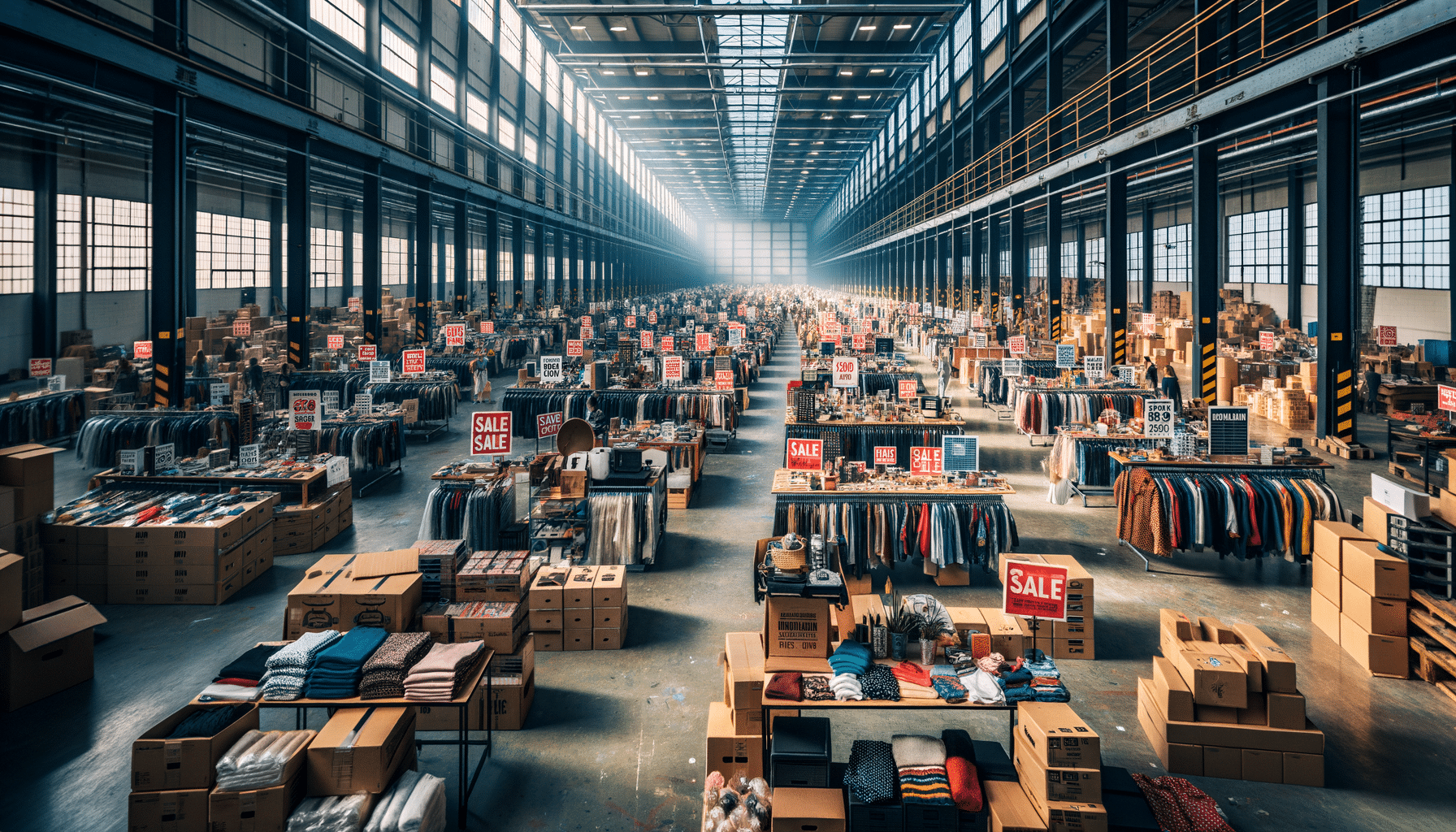
The Impact of Drones in Modern Videography
Drones have soared beyond their initial roles, becoming pivotal in the landscape of modern videography. By providing unique perspectives and innovative filming techniques, they have transformed how we capture the world around us.
Revolutionizing Aerial Footage
One of the most significant impacts of drones in videography is their ability to capture stunning aerial footage that was once only achievable through costly helicopter rentals. This technological advancement has democratized aerial videography, making it accessible to independent filmmakers and hobbyists alike.
Expert Insights
Renowned cinematographer Alex Smith notes, “Drones have shifted the paradigm in filming, allowing for creative shots that were previously unimaginable.” This sentiment is echoed by industry reports which indicate a 35% increase in the use of drones for commercial filming since 2018.
Statistics Highlighting the Trend
According to a report by the Consumer Technology Association, the drone market is projected to reach $63 billion by 2025, with a significant portion attributed to videography applications.
Personal Experiences
Consider the case of Michael, a freelance videographer who incorporated drones into his work. By using drones, he was able to capture breathtaking landscapes, which not only enriched his portfolio but also attracted more clients due to the unique visual appeal.
Actionable Tips for Aspiring Drone Videographers
- Start with a quality drone: Investing in a drone with a high-resolution camera is crucial for producing top-notch videos.
- Practice safe flying: Always adhere to local regulations and practice in open areas to enhance your piloting skills.
- Learn video editing: Understanding how to edit drone footage can significantly enhance the final output.
Challenges and Solutions
While drones offer incredible opportunities, they also present challenges such as battery limitations and weather dependency. To mitigate these, always carry spare batteries and check weather forecasts before filming.
Comparison Table: Drones vs. Traditional Methods
| Aspect | Drones | Traditional Methods |
|---|---|---|
| Cost | Moderate | High |
| Accessibility | High | Low |
| Flexibility | High | Moderate |
| Skill Requirement | Moderate | High |
| Aerial Views | Easy | Difficult |
| Environmental Impact | Low | Moderate |
| Setup Time | Short | Long |
| Risk Factor | Low | Moderate |
FAQs
What safety precautions should I take when flying a drone?
Ensure you are aware of and comply with local regulations, avoid crowded areas, and fly within your line of sight.
Can drones be used in all weather conditions?
It is advisable to avoid flying in adverse weather conditions such as rain, strong winds, or extreme temperatures to ensure safety and protect your equipment.
How can I improve my drone videography skills?
Regular practice, watching tutorials, and learning from experienced drone videographers can significantly enhance your skills.
Conclusion
In summary, drones have revolutionized modern videography by offering unique, cost-effective, and flexible filming options. As technology advances, their impact is likely to grow even further, opening new creative horizons for videographers worldwide. Embrace this technology, and you could unlock a world of visual possibilities that were once out of reach.


